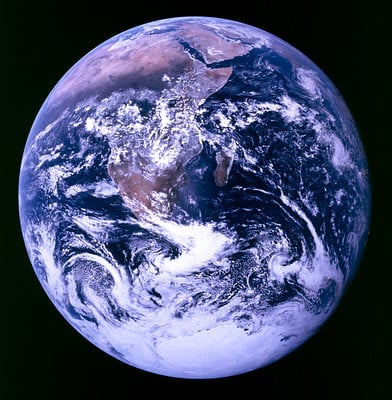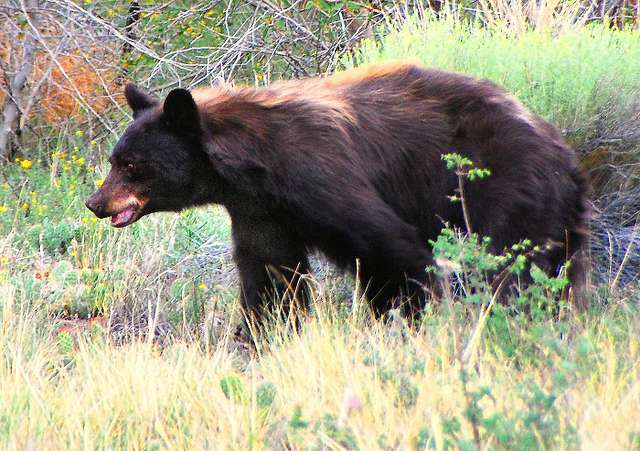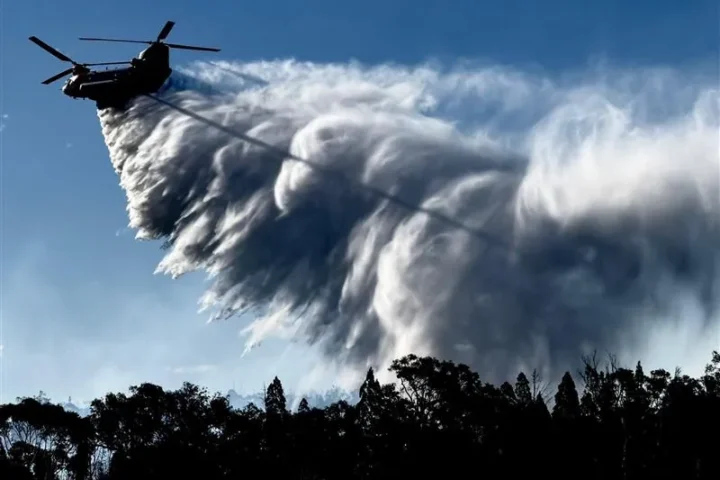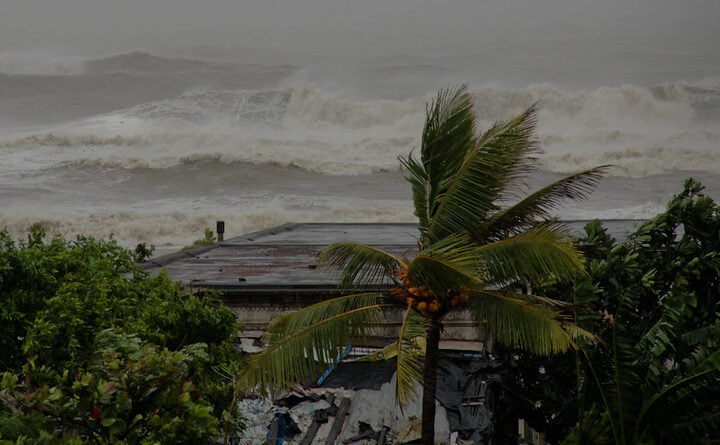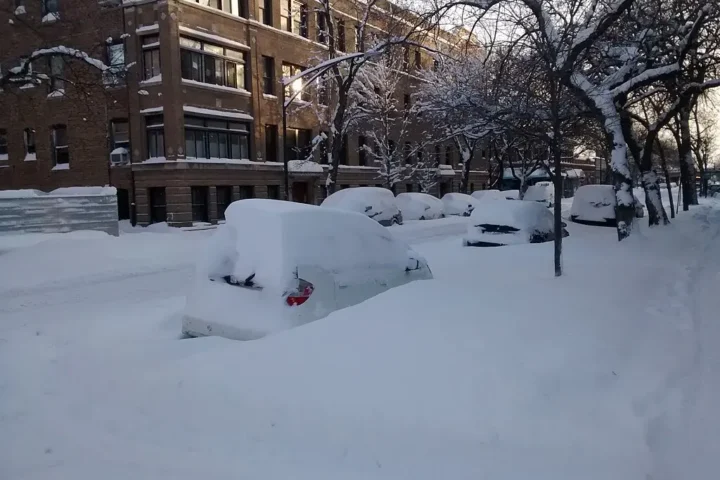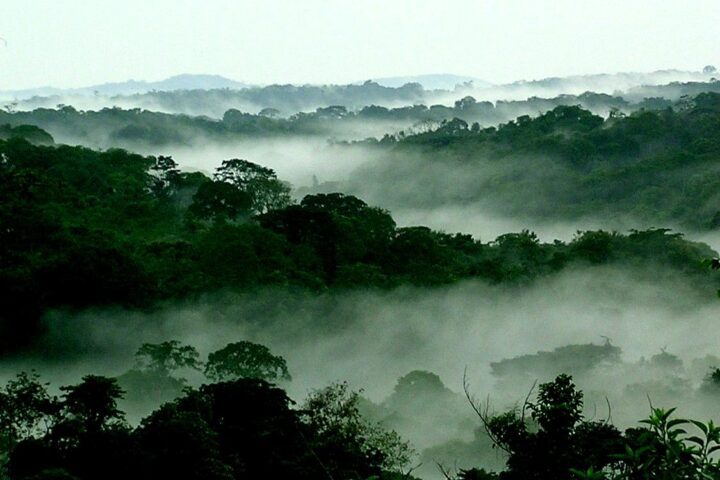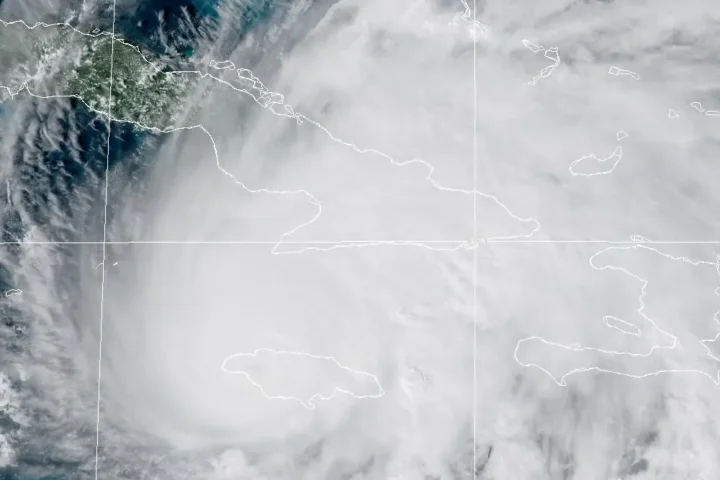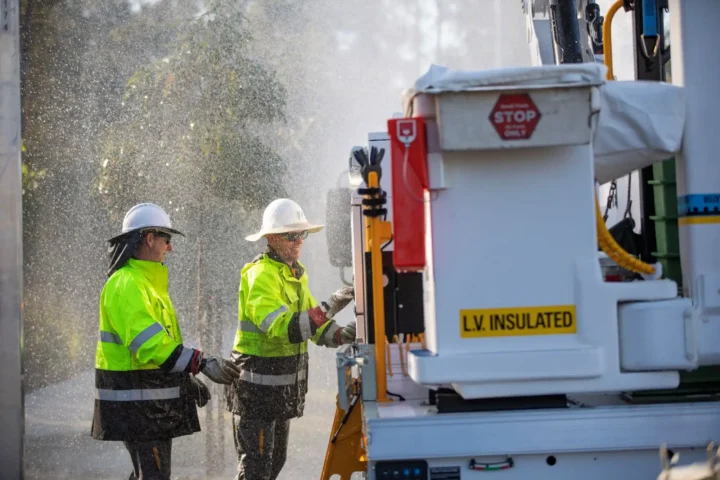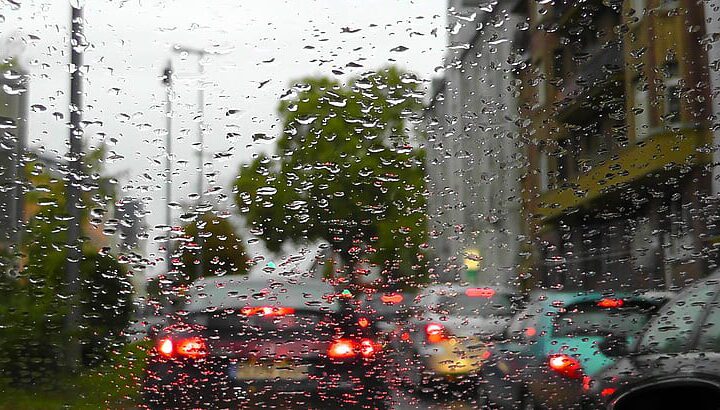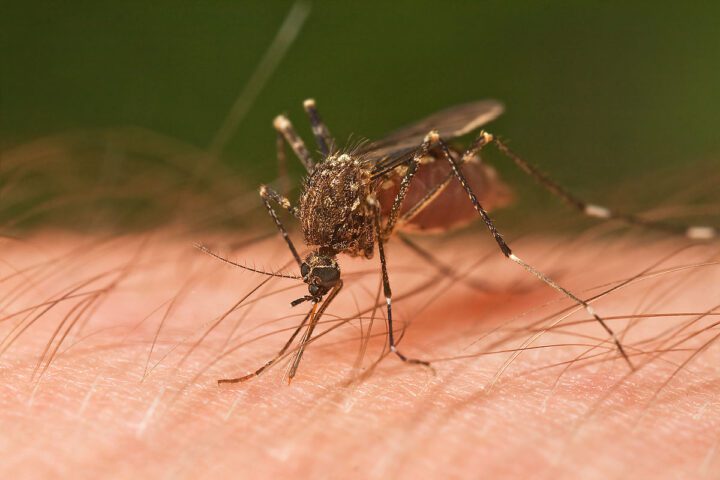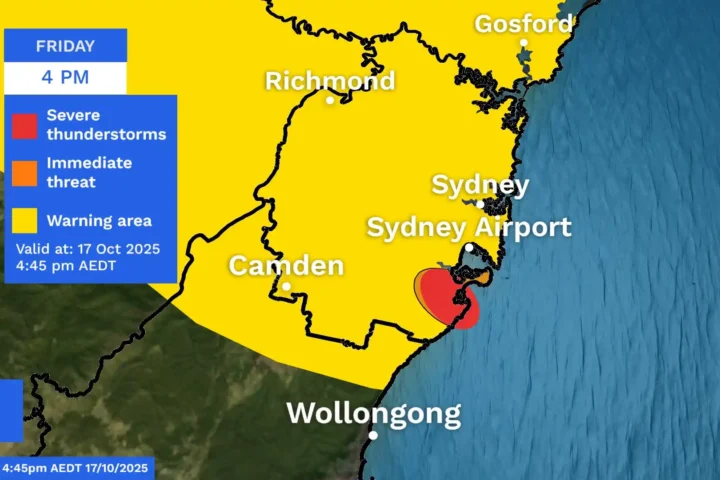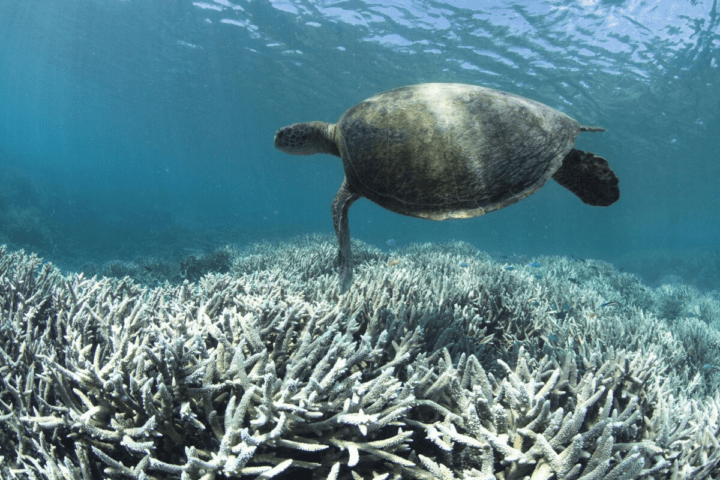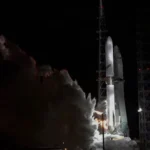Scientists have discovered Earth faces a dramatic future change that will reshape life as we know it – but not in our lifetime. Recent research from Toho University in Japan, backed by NASA, reveals our planet will lose its oxygen-rich atmosphere in about one billion years.
Unlike threats from climate change or asteroid strikes, this oxygen decline stems from a natural, unstoppable process: our aging Sun.
“The atmosphere will return to a state similar to before the Great Oxidation Event, which happened about 2.4 billion years ago,” explains Christopher Reinhard, one of the lead researchers on the study published in Nature Geoscience.
How Earth Will Lose Its Breath
The process starts with our Sun, which grows hotter and brighter as it ages. This increased solar energy will break down carbon dioxide in Earth’s atmosphere. Since plants need CO₂ for photosynthesis – the process that produces oxygen – this disruption will trigger a chain reaction.
With less carbon dioxide available, plants won’t be able to produce enough oxygen. The planet’s oxygen levels will begin to drop, eventually experiencing a million-fold decrease.
This won’t happen overnight. The first signs could appear as early as 10,000 years from now, but once the decline starts, it will accelerate quickly. Within a relatively short geological timeframe, Earth will become unrecognizable.
As oxygen disappears, the ozone layer, which shields Earth from harmful ultraviolet radiation, will collapse. The atmosphere will become rich in methane, similar to conditions billions of years ago before oxygen-producing organisms transformed our planet.
What Life Remains?
When oxygen vanishes, complex life forms will disappear. Humans, animals, and most plants cannot survive without oxygen. The only organisms likely to endure will be anaerobic microorganisms – tiny life forms that don’t need oxygen and once dominated Earth before the rise of oxygen.
“It’s a reminder that even a planet like Earth won’t stay habitable forever,” Reinhard notes.
Rethinking the Search for Life Beyond Earth
This finding has significant implications for scientists searching for life on other planets. For decades, oxygen has been considered a key “biosignature” – a strong indicator of life on distant worlds.
But if Earth’s oxygen-rich period represents just a fraction of its habitable history, scientists may need to broaden their search criteria. Planets without detectable oxygen might still harbor life, or their oxygen-rich phase might be brief and easy to miss.
The research forms part of NASA’s Nexus for Exoplanet System Science (NExSS) project, which aims to improve our understanding of potentially habitable worlds beyond our solar system.
Earth’s Long Timeline
This distant future scenario contrasts with more immediate environmental concerns. Current ocean deoxygenation, driven by climate change and pollution, operates on much shorter timescales and different mechanisms than the billion-year forecast.
While human-caused climate change poses urgent challenges for the coming centuries, the Sun-driven oxygen depletion represents a fundamental planetary limit operating on geological timescales.
The difference is significant: human activity can accelerate or slow environmental changes within our control, but the Sun’s evolution follows laws of physics that cannot be altered.
A Perspective on Our Place in Time
The billion-year oxygen forecast might seem remote, but it provides valuable context for understanding Earth’s place in cosmic time.
Earth has existed for 4.5 billion years. Complex, oxygen-dependent life has thrived for less than half that time. The research suggests the window for complex life might close with a billion years remaining before the Sun eventually expands and engulfs the inner planets.
This science reminds us that Earth’s current conditions – the air we breathe, the blue skies above – aren’t permanent features of our planet but rather a phase in its longer history.
For now, the focus remains on addressing immediate environmental threats within human control. The billion-year oxygen clock is ticking, but far too slowly to factor into today’s environmental priorities.
